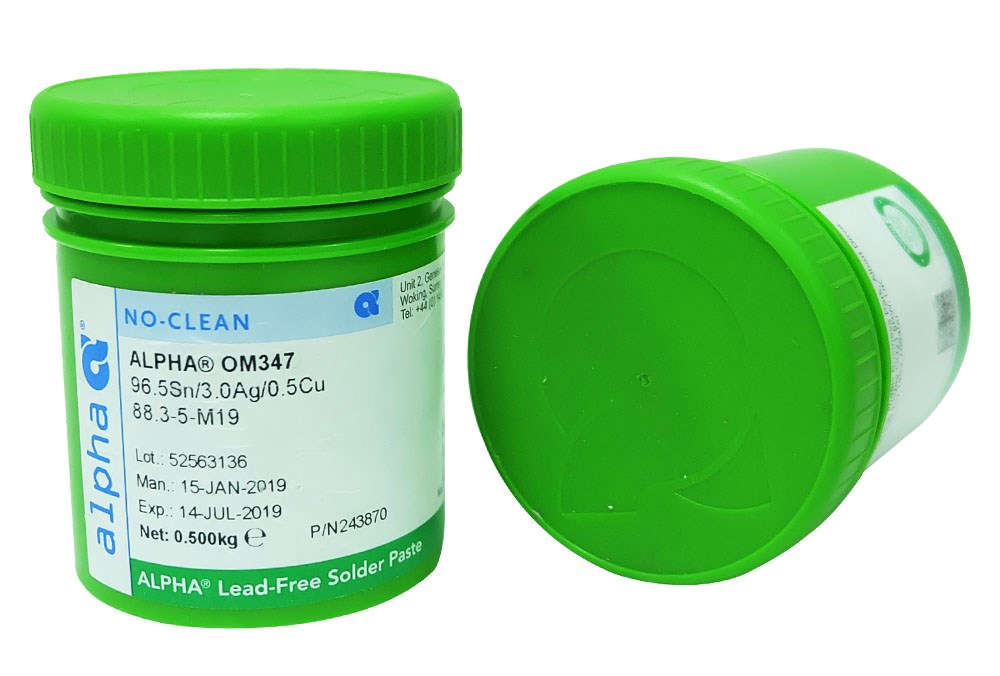
The reflow process melts the solder and fuses the solder joints. In the reflow area, the temperature of the board reaches the highest point. This will ensure that all areas of the board are brought up to the required temperature.Īdditionally, it will also remove the solder paste and activate the flux. In this, you have to maintain the board at a steady temperature. Once you have brought the board to the required temperature, you have to move it to the thermal soak area. In some cases, you can also increase the temperature by 10☌. And, some parts of the board will have a lower temperature.įor infra-red reflow soldering, you have to raise the temperature of the board by 2 to 3☌. Some parts of the board will have a higher temperature. If you subject the board to rapid heating, it will lead to thermal shock and break the board.īesides, if the heating is not stable, it will cause hot and cool spots on the board. You have to heat the board slowly to bring it up to the required temperature. The four different stages of the reflow soldering process are as follows, The temperature of the board is gradually increased before the soldering process to prevent thermal shocks. The reflow soldering process consists of several stages to ensure the joints are strong. Once you have placed the components on the board, then you can move them to the reflow soldering machine. If you apply glue, it will be difficult to rework the PCB.

The components will be held onto the board by the surface tension of the solder paste.īut in some cases, you have to apply glue to ensure the components do not fall off from the board. With the pick and place machine, you can place the components on the board automatically. If the number of components is less, you can manually assemble the components.īut if the components are more or if you are soldering on a commercial level, then it is best to use a pick and place machine. Once you have applied the solder, then you can assemble the components on the board. If you do not use the stencil properly, it will lead to the formation of solder bridges.īy using the stencil, you can apply the solder paste only on the areas in PCB where soldering is needed. Solder Pasteīefore applying the solder paste, you have to use a stencil to ensure the solder is applied only to the areas where the copper pads will be installed. The first is to apply the solder paste and the second is to assemble the components. There are two main steps involved in the reflow soldering process of PCB.

This can be prevented by using the reflow soldering technique. Thermal shock weakens the joints and causes them to break easily. So, you can heat the board gradually to ensure that it does not break due to thermal shock.Ī sudden rise in temperature is known as thermal shock. The lamp heats the air that melts the solder and joins the electrical components.īesides, you can control the temperature of the infrared lamp.

The entire assembly is passed through a reflow oven that has an infrared lamp. But, the one major difference is that it uses heated air to melt the solder instead of a soldering iron. The reflow soldering technique resembles the traditional soldering process in many ways. The solder “reflows” to make the connection. Reflow soldering is a process in which solder paste is applied to the contact pads of a PCB, place the components on and melt the solder paste to join the electrical components.


 0 kommentar(er)
0 kommentar(er)
